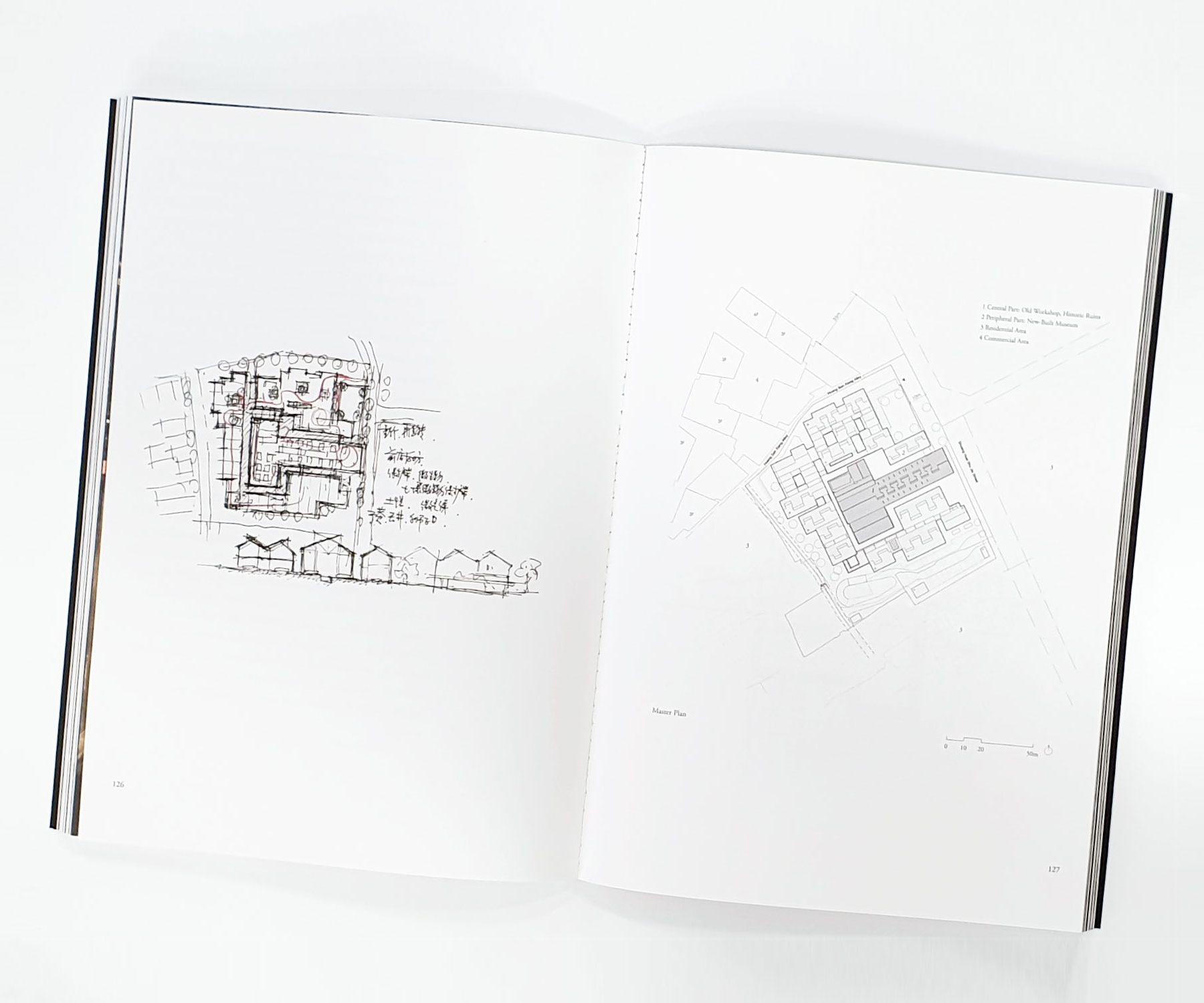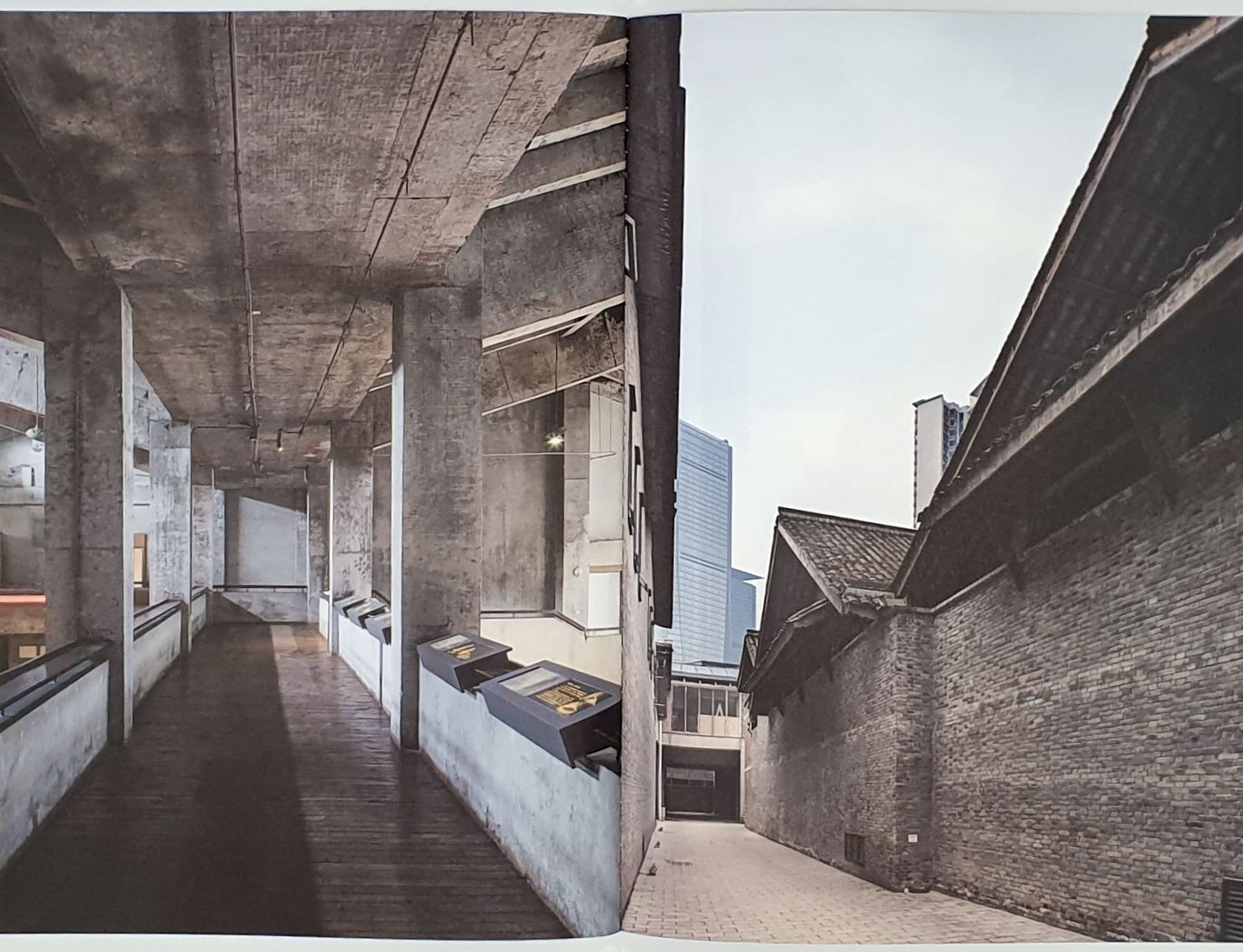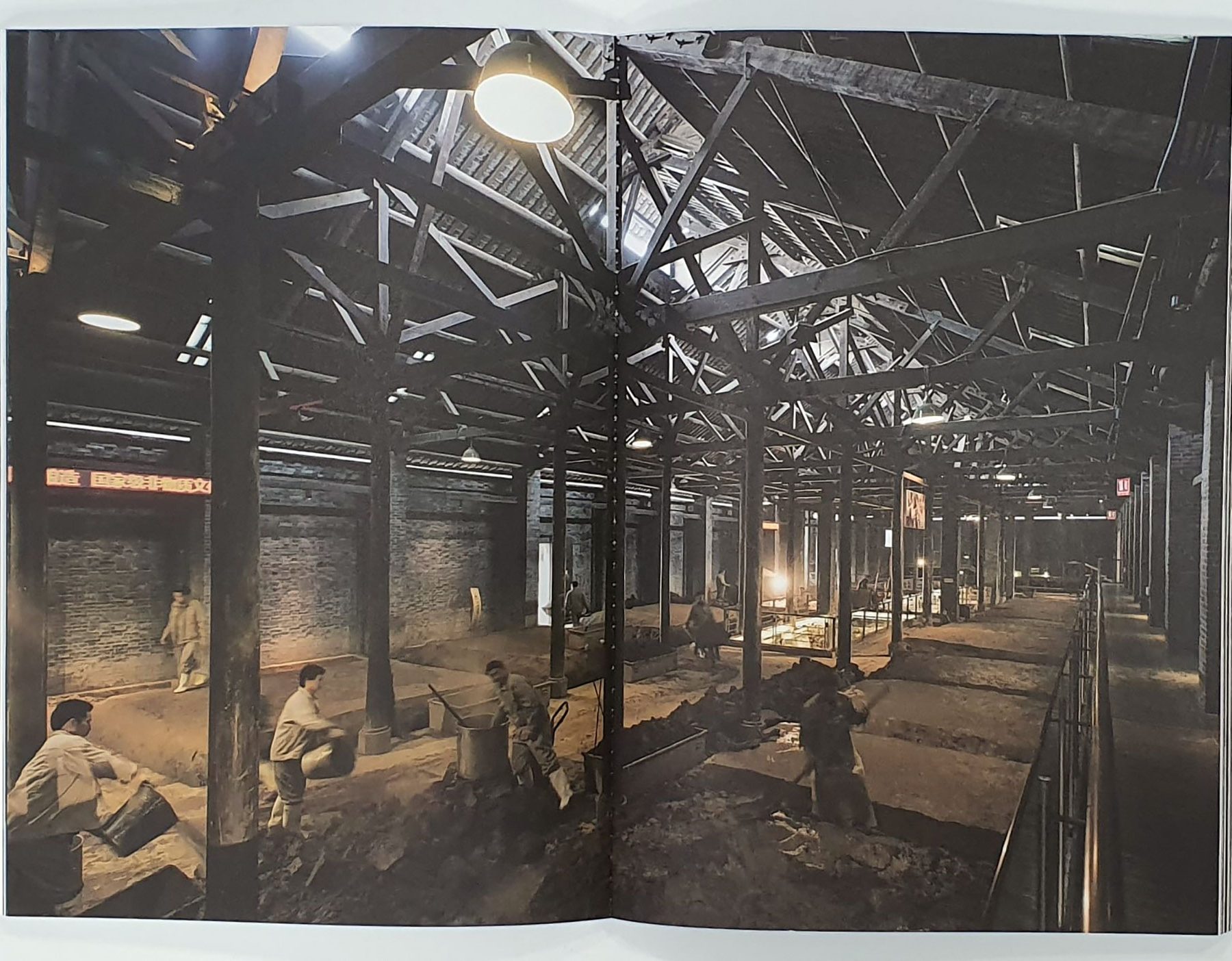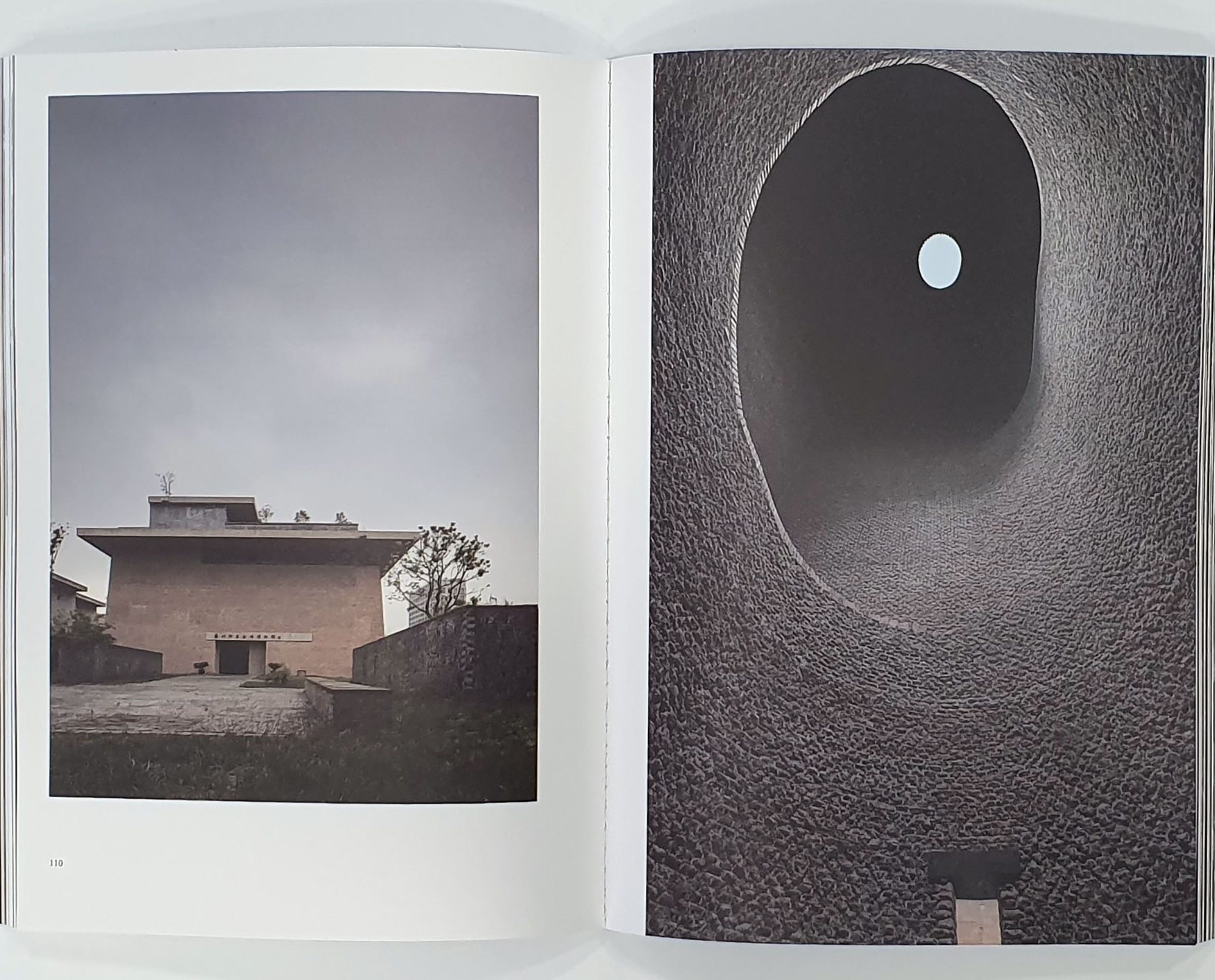서울-목천강연 시리즈의 ‘리우지아쿤’ 출판
SNU-MOKCHON Lecture Series’ first publication, ‘Liu Jiakun’
서울대학교-목천 강연시리즈의 결과로 첫 번째 책, 중국 건축가 ‘리우지아쿤 Liu Jiakun’이 출판되었다.
지역 건축가 리우 지아쿤
지역과 세계 건축계의 소통을 목표로 발족한 서울대-목천 강연 시리즈는 2회째를 준비하면서 급격한 방향 전환을 시도하였다. 2017년 6월에 열린 첫 회가 스페인과 미국에서 활동하는 건축가 라파엘 모네오의 대중 강연과 서울대 학생과의 대화를 중심으로 진행되었다면, 2회부터는 강연은 물론 건축가의 작품을 소개하는 모노그라프를 출간하는 것에 중점을 두기로 하였다. 이것은 일회성의 강연이 갖는 소통의 한계를 뛰어넘자는 의도에서 비롯한 것이지만, 더 큰 이유는 소통의 방향성에 관련된 것이었다.
지난 세기말을 지나면서 한국 사회는 빠르게 세계화되어서, 이제 세계적으로 이름난 건축가들의 방문과 강연은 더 이상 새로운 일이 아니게 되었다. 한국의 건축이 세계의 건축계에서 시민권을 획득하기 위해서는 언제까지나 수용자의 태도를 유지해서는 안 되고, 우리 스스로 정보의 발신자 혹은 중계자가 되어야 한다는데 운영위원들의 생각이 일치하였다. 나아가 서구 대 비서구라고 하는 20세기적 구도와 아시아적 전통이라는 오래된 오리엔탈리즘을 넘어서기 위해서는 동아시아의 각 지역에서 벌어지는 최신의 건축적 실험과 성과를 세계에 널리 알리는 것이 시급하다는 것에도 이견이 없었다.


중국을 그 첫 번째 대상 지역으로 선정한 것은 자연스러운 결정이었다. 1990년대 이래 급속한 경제 성장을 거듭한 중국은, 세계 건설 시장의 20%를 차지할 만큼 큰 시장이면서도 전후 세대가 첫 본격적인 건축가 세대라고 할 만큼 젊고, 따라서 그만큼 역동적이고 다양한 실험이 이루어지고 있는 지역이다. 이미 세계적으로 두각을 드러내고 있는 많은 건축가들이 있지만, 우리가 주목한 것은 지역에 근거하면서도 보편적 울림을 가지고 있는 건축가이다. 추천된 여러 후보 가운데 사천성의 청두를 중심으로 활동하고 있는 리우 지아쿤을 최종 후보로 마음에 두고 운영위원들이 직접 현장을 찾아간 것이 2017년 7월의 일이다.
그의 작품을 둘러보고, 또 그의 사무실과 현장, 그리고 술집에서 그와 건축에 대한 이야기를 나누면서, 우리는 이 사람이야말로 우리가 찾고 있던 바로 그 사람이라는 확신을 가질 수 있었다. 그는 중국에서 나고 자라고 교육을 받고 실무를 하고 있다. 물론 최근에는 베니스비엔날레와 독일 등지에서의 전시를 통하여 서구 건축계에 알려지기 시작하였지만, 그는 간단한 영어 회화조차 꺼려할 만큼 순 토종 중국 건축가다. 문화대혁명 기간에 중고등학교를 다닌 그의 나이를 생각하면 어색한 일이 아니다.
하지만 그는 누구보다도 수려한 중국어를 구사한다. 대학 졸업 이후 건축가이기보단 소설가로서의 삶을 살았을 정도이니 그의 상상력의 원천이 형태보다는 언어에서 나온다고 하여도 이상한 일은 아니다. 이번 책에 실린 에세이에서 그는 건축설계와 글쓰기가 서로 닮았다고 하고, 나아가 좋은 건축은 시와 같다고 토로하고 있다.
그는 단지 지역의 풍광에 어울리는 건축을 하는데 그치지 않는다. 서울대에서 강연이 열린 2018년 5월 10일은 8만 명 이상이 희생된 사천 대지진 10주기를 이틀 앞둔 날이었다. 이날 그가 보여준 자료에는, 지진 피해의 현장에서 행한 건축가의 자원봉사 활동과 지진의 잔해를 재활용해 제작한 복구 건설 재료, 젊은 희생자를 기억하는 작은 기념관이 포함되어 있었다. 또 일부의 작품에서 보이는 시공 디테일의 조악함은 지역 농민들의 손으로 만들어졌기 때문이라는 사실을 들었다. 링컨의 저 유명한 말을 빌리자면, 그는 지역에 의한, 지역을 위한, 지역의 건축을 하고 있는 것이다. 아니 그가 하고 있는 작업은 우리가 정의하는 건축의 좁은 울타리를 벗어나 그의 삶 전체와 하나가 되어있다.
우리는 즐거운 마음으로 서울대-목천 강연 시리즈의 첫 번째 출판물로 『리우 지아쿤』을 세상에 내놓는다. 이를 통하여 여러분들은 더 이상 변방이 아닌, 또 다른 하나의 온전한 세계와 그 안에 스며들어있는 한 건축가를 볼 수 있을 것이다. 그런 작은 세계들이 서로 조화롭게 모여 있는 우리의 아름다운 우주를 꿈꾸며...
2019년 2월
서울대-목천 강연 운영위원장 전봉희(서울대 교수)
The Local Architect, Liu Jiakun
Initiated in order to facilitate communication between domestic and international architecture communities, the SNU-MOKCHON Lecture series hoped to achieve a drastic directional change in preparation for the second lecture. The first lecture was held in June 2017 and organised around the U.S. and Spain-based architect Rafael Moneo’s open lectures and conversations with SNU students, however, since the second lecture, we decided to put our energy into publishing a monograph that introduces the work of the invited architect along with associated lecture programmes. The idea behind this was to go beyond a one-off lecture, surpassing the limitations of that format, as well as, more importantly, enhancing the direction of our communication.

By the end of the last century, Korean society experienced a rapid rate of globalisation, so now a visit or lecture from a world-famous architect is no longer considered to be exceptional or surprising. Our committee members agreed that if Korean architecture wants to take its place in the global architecture community, it shouldn’t retain the attitude of a receiver but become a producer or transmitter of information.
Moreover, there was no disagreement over the point that it’s urgent and necessary to promote the latest architectural experiments and achievements made in regions across East Asia to the rest of the world, particularly if we want to overcome the definitive frame of the 20th century as ‘the West versus the non-West’ and an outdated sense of Orientalism as the definitive characterisation of the Asian tradition.

Choosing China as the first target region was an obvious choice. Continuing to lead in rapid economic development since the 1990s, China is forming a big market that accounts for 20% of the world construction market. At the same time, its first generation of mainstream architects are young as they are from the postwar generation, and thanks to these circumstances, they pursue a dynamic and diverse range of experiments. There are many architects who are distinguishing themselves on the international scene, and yet we paid attention to a number of other architects who are locally based yet command a universal vocabulary. In July 2017, after nominating Liu Jiakun as the finalist from several
recommended candidates, our committee members visited his project site.
While taking a tour of his work and talking with him about architecture at his office, on site, and at a pub, we became more convinced that he was the one we were looking for. He was born, raised and educated in China and practices there. Although he has recently become better known to the Western architecture community, especially through exhibitions held in various places such as Venice, at the Biennale, and Germany, he is a pure and native Chinese architect who feels uncomfortable using even simple English. Considering his age and the fact that he graduated middle and high school during the Cultural Revolution era, it’s not strange.
However, his command of Chinese is supremely elegant. After graduating university, he lived as a novelist instead of an architect, and so it wouldn’t be wrong to say that the root of his imagination lies in words rather than forms. In his essay introduced in this book, he suggests that architectural design and writing resemble each other, and that a good architecture is like a poem.
He is never content with just designing architecture in harmony with the local landscape. On 10 May 2018, his lecture held at SNU was two days before to the 10th anniversary of the Sichuan earthquake. In his presentation on that day, his volunteer activities at the earthquake zone, restoration construction materials recycling earthquake debris and a small memorial hall dedicated to
the young victims were included.
Also, we learned that construction details in some of his works are very poorly implemented because they are made by local farmers. To borrow Lincoln’s famous phrase, he is pursuing ‘architecture of the natives, by the natives and for the natives’. More precisely, his work has gone beyond the narrow boundary of what we call architecture and has become part of his life.

We are delighted to introduce the first published book of the SNU-MOKCHON Lectures, Liu Jiakun, to the world. In this book, you will be invited to meet an architect who no longer belongs to a remote town but to a self-sufficient world of which he has become a part. It’s time to dream of a beautiful cosmos in which such small worlds build a harmonious union.
Feb, 2019
Jeon Bonghee
Chair of the SNU-MOKCHON Lectures Operation Committee